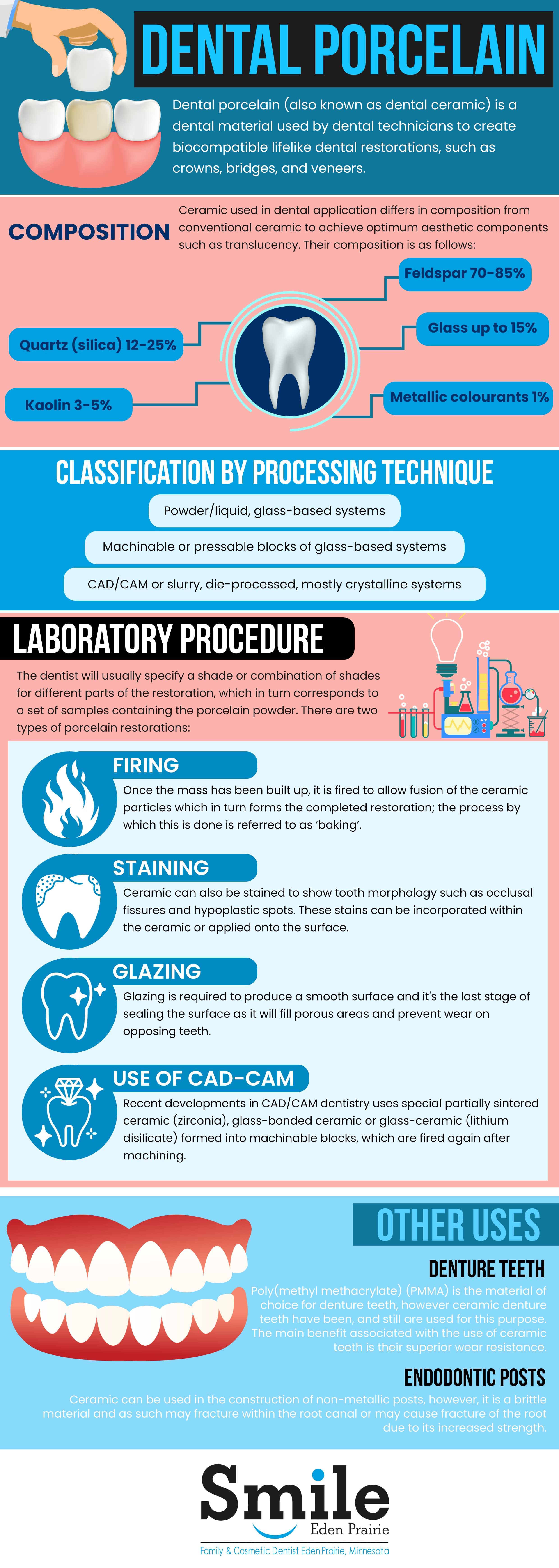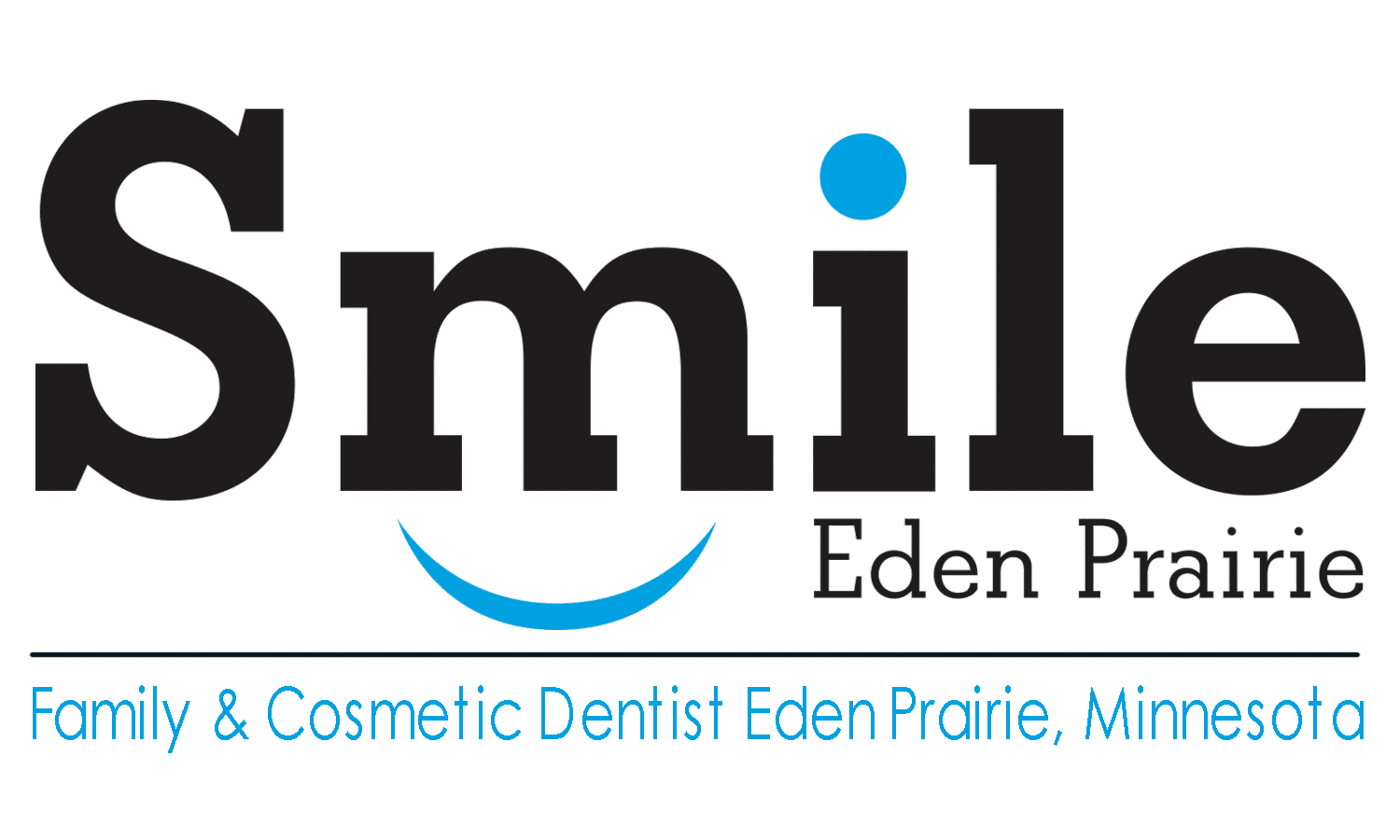General Dentistry Concepts: Ceramics
Dental porcelain, which is also referred to as dental ceramic, is a material used by dentists to create biocompatible lifelike dental restorations. Dental restorations include crowns, bridges and veneers. They are an effective material because they are biocompatible, aesthetically pleasing, insoluble and firm. For certain dental prostheses, one example is the three-unit molars porcelain fused to metal or in a complete porcelain group, zirconia-based restorations are preferred and recommended.
The word "ceramic" is from the Greek word keramos, which translates to "potter's clay". This comes from the ancient art of creating pottery when clay was primarily fired to form a hard, brittle object. The modern definition of the word is a material which contains both metallic and non-metallic elements. These materials are defined by their hard, stiff and brittle nature from the structure of their inter-atomic bonding, which is both ionic and covalent. In comparison, metals are non-brittle as they have more of an elastic behavior. Metals are also ductile as a result of their inter-atomic metallic bond. These bonds are defined by the existence of shared electrons and have the ability to easily move when energy is applied. Ceramics can also vary drastically in their opacity. They can range from being very translucent to very opaque. Generally, a glassier microstructure results in a more translucent appearance. In addition, the more crystalline, the more opaque in appearance.
Composition
The ceramic which is used in dental applications differs significantly compared to traditional ceramic. Dental ceramics help achieve ideal aesthetic appearance such as translucency. Their composition includes the following components:
- Kaolin: 3-5%
- Quartz or silica: 12-25%
- Feldspar: 70-85%
- Metallic colorants: 1%
- Glass: up to 15%
Classification by Microstructure
At a microstructural level, ceramics are defined by the nature of their composition ratio of amorphous-to-crystalline. While there can be infinite variables of the microstructures of materials, they can be broken down into four basic composition categories:
- Composition Category I: glass-based systems (mainly silica)
- Composition Category II: glass-based systems (mainly silica) with fillers, usually crystalline (often leucite or recently lithium disilicate)
- Composition Category III: crystalline-based systems with glass fillers (mainly alumina)
- Composition Category IV: polycrystalline solids (alumina and zirconia)
Dental ceramic is commonly referred to as biologically inert. Other toxicities may exist from the depleted uranium in addition to some of the other accessory materials. Additionally, the restoration can increase the wear on opposing teeth
Types of Ceramics
The range of dental ceramics are determined by their applicable firing temperatures and include:
- Ultra-low
Ceramics fired below 1500°F. Ultra-low ceramics are commonly used for shoulder ceramics which aim to prevent shrinkage, to correct minor defects and to add color or shading to restorations
- Low fusing
Ceramics fired between 1500 and 2000°F. Low fusing ceramics are used to prevent distortion. This type of ceramic should not be exposed to multiple firings
- Higher fusing
This type of ceramic is mainly used for denture teeth
Laboratory Procedure
The dentist usually specifies a shade or combination of shades for different components of the restoration. In turn, this corresponds to a set of samples which contain the porcelain powder. There are two types of porcelain restorations, porcelain fused to metal and complete porcelain.
Ceramic restorations can be built on a refractory die. Refractory die is a reproduction of a prepared tooth which is formed from a strong material with the ability to withstand extremely high temperatures. Restorations can also be constructed on a metal coping or core.

